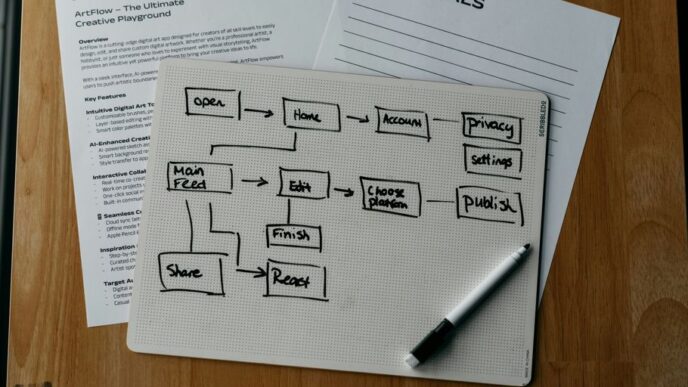In an age where data security is paramount, compliance with the Criminal Justice Information Services (CJIS) Security Policy is crucial for any organization that handles criminal justice information. For law enforcement agencies, this policy is especially significant when it comes to accessing the Law Enforcement Information Network (LEIN). This article aims to guide you through the intricate requirements and best practices for achieving CJIS compliance while maintaining secure and effective access to LEIN.
What is CJIS Compliance?
The CJIS Security Policy is a set of guidelines established by the FBI to protect the sources, transmission, and storage of criminal justice information (CJI). The policy covers various aspects, including encryption, authentication, access control, and auditing. Compliance is not optional; failure to adhere can result in severe consequences, including data breaches and loss of access to vital criminal justice resources.
Why CJIS Compliance Matters for LEIN Access
LEIN is a crucial tool for law enforcement agencies in Michigan, providing real-time access to criminal records, warrants, and other public safety information. Given the sensitive nature of this data, CJIS compliance ensures that only authorized personnel can access it, thereby safeguarding against unauthorized use and potential cyber threats.
Key Components of CJIS Compliance for LEIN Access
Navigating CJIS compliance can be daunting, but focusing on a few key areas can help streamline the process:
1. Encryption
Data encryption is a fundamental requirement for CJIS compliance. All CJI must be encrypted during transmission and storage to prevent unauthorized access. Agencies should use Advanced Encryption Standard (AES) with a 256-bit key, as recommended by the FBI.
2. Multi-Factor Authentication (MFA)
Multi-factor authentication adds an extra layer of security by requiring users to verify their identity using multiple methods. This could include something they know (password), something they have (security token), and something they are (biometric verification). Implementing MFA is crucial for protecting LEIN access from potential breaches.
3. Access Control
Access to CJI should be restricted based on job roles and responsibilities. Role-Based Access Control (RBAC) ensures that only authorized personnel can access specific data sets. Regular audits and reviews of access permissions can help maintain compliance and mitigate risks.
4. Auditing and Monitoring
Continuous auditing and monitoring are essential for identifying and mitigating potential security threats. Agencies must keep detailed logs of all access and transactions involving CJI. These logs should be regularly reviewed to ensure compliance and identify any anomalies or unauthorized access attempts.
5. Security Awareness Training
Human error is often a significant risk factor in data breaches. Comprehensive security awareness training programs can equip staff with the knowledge they need to manage CJI securely. Training should cover topics like phishing, password management, and the importance of adhering to CJIS policies.
Best Practices for Maintaining CJIS Compliance
Achieving CJIS compliance is not a one-time effort but an ongoing process. Here are some best practices to help maintain compliance:
Regular Audits
Schedule regular internal and external audits to assess compliance status and identify areas for improvement. Audits can help ensure that security measures are up-to-date and effective.
Update Policies and Procedures
CJIS policies and procedures should be living documents that evolve with emerging threats and technological advancements. Regularly review and update these documents to ensure they align with current best practices and regulatory requirements.
Engage with Experts
Consider consulting with CJIS compliance experts to gain insights and recommendations tailored to your agency’s specific needs. These experts can provide valuable guidance on implementing and maintaining compliance measures effectively.
Creating a Compliance Strategy
Navigating CJIS compliance for LEIN access is a critical task for any law enforcement agency. By focusing on key components like encryption, multi-factor authentication, access control, auditing, and training, agencies can safeguard sensitive criminal justice information and ensure secure, compliant access to LEIN. Remember, compliance is an ongoing process that requires regular updates, audits, and engagement with experts to adapt to evolving security challenges.













